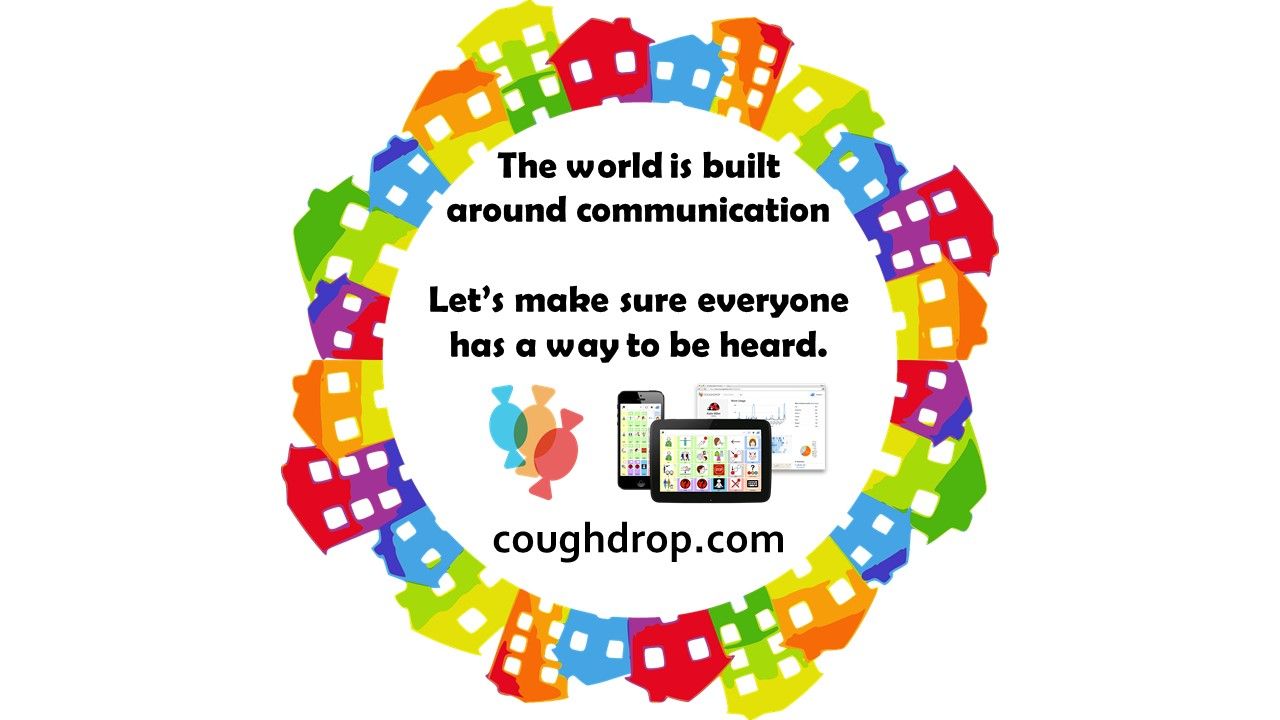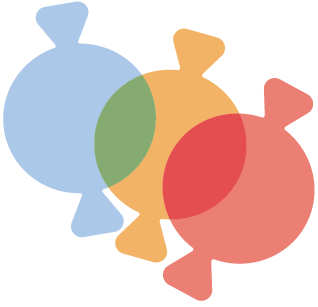TikTok, Gestalt Language, and YOU!
In the last couple of years, more and more communication supporters have been learning about Gestalt Language Processing – and that is a wonderful thing.
This communication and learning type was originally recognized in the early 1900s. Today, more and more supporters are beginning to understand this style of communication and to encourage and expand language use for those who connect with communication in this way.
While some people struggle to grasp the idea of Gestalt Language at first, when we look outside the basic structure of this form of language development and use we will likely see that we have a more personal connection and understanding of Gestalt Language than we originally comprehend. In fact, you probably engage with Gestalt Learning ideas regularly without even realizing it. Acknowledging the use of different communication styles in our own lives helps us to better understand and engage with communicators who prominently use those styles of communication.
What is Gestalt Language?
Gestalt Language processors generally share ideas, feelings, or thoughts in scripted pieces (called "gestalts") rather than through a compilation of individual words. The total sum of the phrase holds the meaning, not the individual parts (or words) of the phrase. The words themselves don't hold the meaning, the full phrase conveys the message.
For example, a Gestalt Language processor might say, "To infinity and beyond" to convey the message that they are ready to leave whether they are going to school, want to be done with an activity, or hope to go outside – they likely do not want to soar through the air as Buzz does in Toy Story.
If you tried to take apart the phrase, the word "infinity" or "beyond" would have little or no meaning to the communicator because it was no longer part of the original whole. Gestalts may be phrases a communicator has heard on TV, but they may also be word chunks the communicator has been exposed to in other ways. These word chunks may or may not seem clearly linked to the individual words within the gestalt. Remember, the total phrase holds the meaning, not the individual words.
(Try a Gestalt Communication AAC Template here.)
For many people, communicating through scripted gestalts rather than composed phrases to express a need, idea, or feeling seems foreign. However, when we take a moment and pause to look around, we may find that Gestalt Language Processing is a bigger part of our own lives than we had realized. We may begin to see that we can understand and relate to Gestalt Language processors more clearly than we originally thought.
The idea of Gestalt learning was introduced in the field of psychology in the 1920s. In the late 1930s, language researchers began to recognize and acknowledge gestalts used by some communicators.
Fast forward a little bit and in the 1990s, Star Trek: The Next Generation aired an episode about an alien race that essentially communicated through linguistic gestalts. The crew of the Enterprise did not understand the new race until the captain realized that each scripted phrase was communicating an idea. Once they grasped that, they began to understand each other.
Would you be surprised to realize that Gestalt Language and Learning are things you see around you almost every day?
If someone says, "May the force be with you," you don't really think they are wishing you luck connecting to an unseen mystical power – you know they are probably using it as a farewell and wishing you well in whatever you are doing.
Think of the myriad of phrases that are spoken around you every day that don't really mean exactly what the words convey. "Break a leg," "penny for your thoughts," "it's a piece of cake," and other popular idioms are a few examples.
However, our link to gestalts goes well beyond that. Consider the popularity of the TikTok app or its counterpart, Reels. These allow people to share quick tidbits of video to engage with others around the world.
One incredibly popular use of TikTok is to take an audio clip – whether from a movie, TV episode, or just someone else's post – and insert your own video to pair with the original clip.
The meaning of the audio chunk suddenly takes on a life of its own. It is no longer limited to the individual words or phrases used in the original video, the whole of that audio gestalt has become more than the sum of the individual parts. Suddenly, the clip contains a tone and intention that can be linked to hundreds or thousands of other people's lives in their own application of that sound. The tone remains the same, but the circumstances of each specific clip are different.
For example, one popular TikTok sound talked about a "beverage goblin" meaning a person who keeps a number of drinks around them all the time. However, the sound quickly took on new meaning and expanded to mean a person who relies heavily on any specific thing – not just a beverage. (Check out our AAC version of that audio here.)
Even though the individual words talk about a "beverage" the whole of the audio clip meant something more. That intention and tone stay with the sound as it is applied to hundreds or thousands of TikTokers who had no idea they were demonstrating the power of Gestalt language
The key here is NOT to just see TikTok as a huge compilation of gestalts or to try to get people to use the app for expanded communication purposes. Instead, the point is that Gestalt language is likely not as foreign to people as they might have thought. They probably have a better, clearer understanding of these concepts than they realized – and there is power in seeing and acknowledging those connections. There is power in discerning that this isn't just someone else's way of communicating, this is MY way of communicating too.
Often, when working to support communication, we may think a particular way of communicating is out of the ordinary or even difficult.
Take AAC for example. Using speech buttons and symbols is not the way most people readily communicate. Until you pause and take a closer look. Memes, turn signals, warning signs, emojis, keyboard options – these are all forms of AAC.
When we compartmentalize a communication type and decide it is difficult or out of the norm and therefore not something we need to explore or expand on, we are severely limiting ourselves and many others in the world around us.
If instead, we pause for just a moment and try to relate to and understand another person's way of doing things – we might just find that it is not only valid, but that we, ourselves, may be dabbling in the concept without even realizing it. We may have a deeper understanding and connection with that idea than we could see at first glance.
Every form of communication – sign language, vocal speech, Gestalt Language, aided AAC tools, written words, facial expressions, etc – is an important part of the communication whole of our people. OUR people. Our friends, our peers, our students, our family, our fellow travelers here on this planet.
May we all choose to look a bit deeper when it comes to understanding the communication and connections available here in our time together on Earth.

